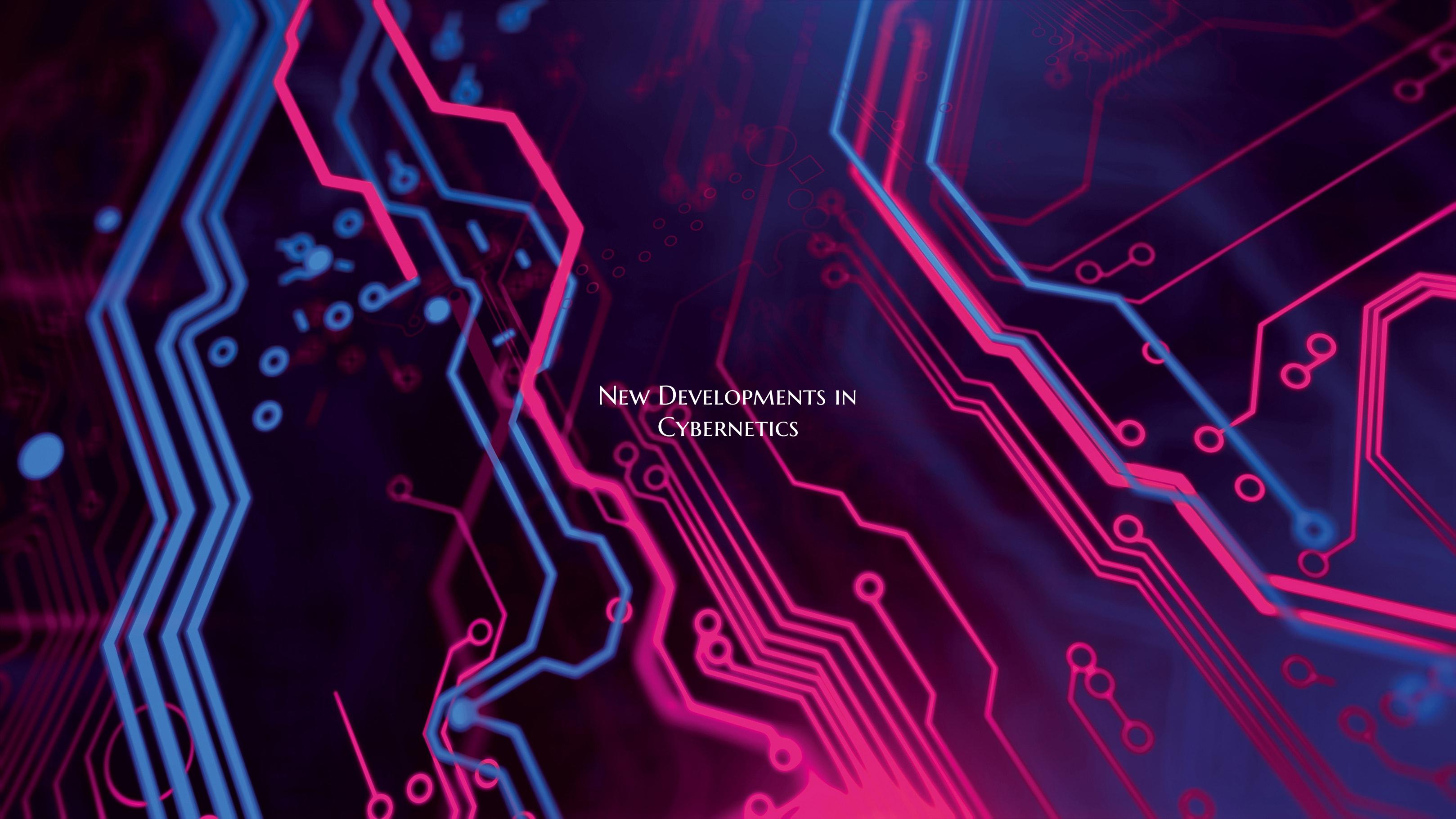New Developments in Cybernetics
Introduction: Cybernetics, the interdisciplinary study of control and communication in animals, machines, and organizations, continues to evolve at a rapid pace. Recent developments in this field have opened up exciting possibilities for enhancing human-machine interaction, artificial intelligence, and various other applications. In this article, we delve into some of the new frontiers in cybernetics and how they are shaping the future.
1. Cyber-Physical Systems: One of the key advancements in cybernetics is the integration of cyber and physical elements in various systems. Cyber-physical systems (CPS) leverage advances in computing, communication, and control to create intelligent systems that can interact with the physical world. Applications range from smart transportation systems and industrial automation to healthcare devices and smart grid technologies.
2. Brain-Machine Interfaces: Brain-machine interfaces (BMI) represent a groundbreaking field within cybernetics, enabling direct communication between the brain and external devices. This technology holds immense potential for assisting individuals with disabilities, restoring sensory functions, and even enhancing human cognition. Recent breakthroughs have focused on improving the efficiency and accuracy of BMI systems, paving the way for exciting new applications.
3. Swarm Robotics and Collective Behavior: Inspired by the decentralized organization of natural systems such as insect colonies, swarm robotics explores the coordination of large numbers of simple robots to achieve complex tasks. By leveraging principles of self-organization and collective behavior, researchers are developing innovative approaches to autonomous robotics, distributed sensing, and adaptive control. These advancements have significant implications for fields such as search and rescue operations, environmental monitoring, and infrastructure maintenance.
4. Explainable Artificial Intelligence: As artificial intelligence (AI) continues to advance, researchers are increasingly focusing on developing explainable AI systems that provide transparent and interpretable decision-making processes. This is particularly crucial in critical applications such as healthcare, finance, and autonomous vehicles, where the ability to understand and trust AI systems is paramount. Cybernetic principles play a vital role in designing AI models that not only perform well but also provide insights into their reasoning processes.
Conclusion: The field of cybernetics is at the forefront of driving innovation and pushing the boundaries of human-machine interaction. By embracing new developments such as cyber-physical systems, brain-machine interfaces, swarm robotics, and explainable AI, researchers are paving the way for a future where intelligent systems seamlessly integrate with our daily lives. As we continue to explore the possibilities offered by cybernetics, the potential for transformative impact across various domains is boundless.

